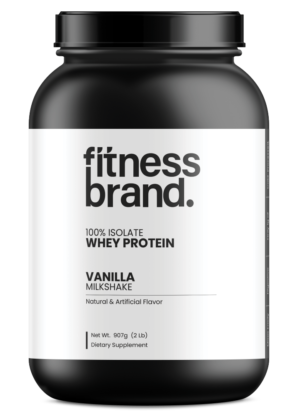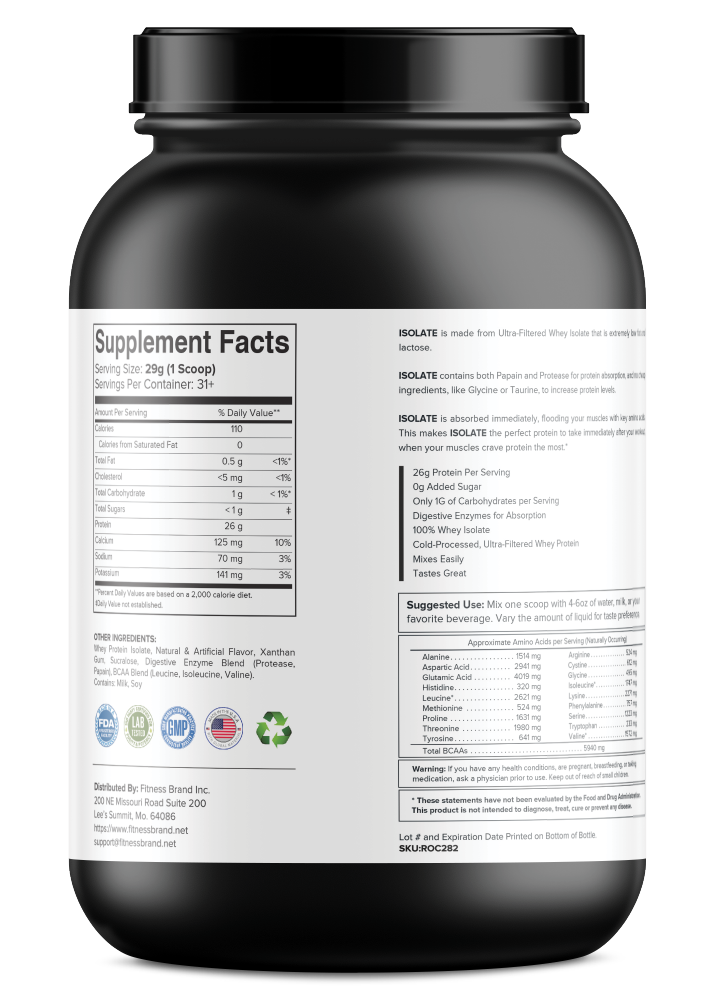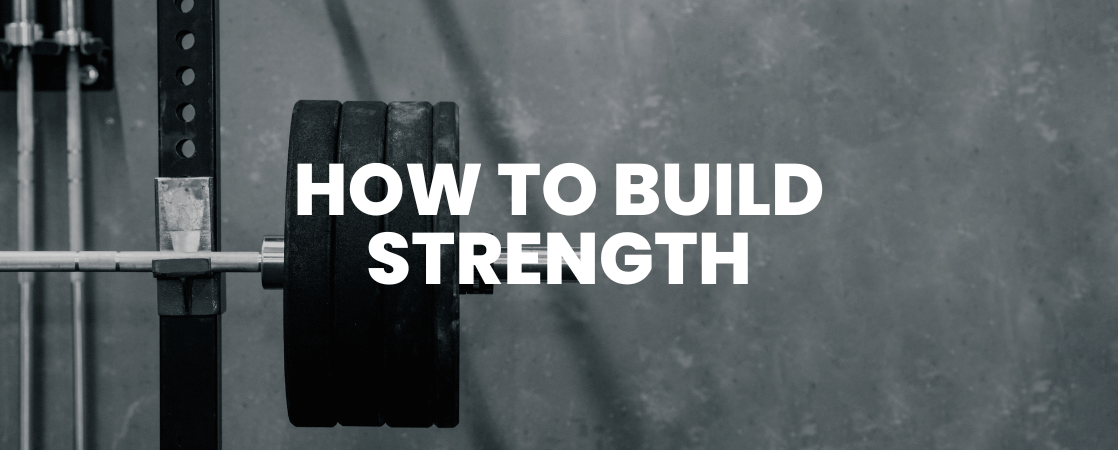


Building a home gym allows for consistent strength training without the need for a commercial gym. The following equipment provides versatility and effectiveness for all levels of training.
A quality barbell is foundational for strength training at home, offering versatility and durability for a wide range of exercises.
Investing in a well-made barbell ensures long-term use and allows for the progressive overload necessary to achieve strength gains.
Resistance bands are highly versatile, compact, and provide an effective alternative for strength training, especially in smaller spaces.
Using resistance bands in your routine can support foundational strength, enhance flexibility, and provide variety in exercises without taking up significant space.
Category: Strength Building
